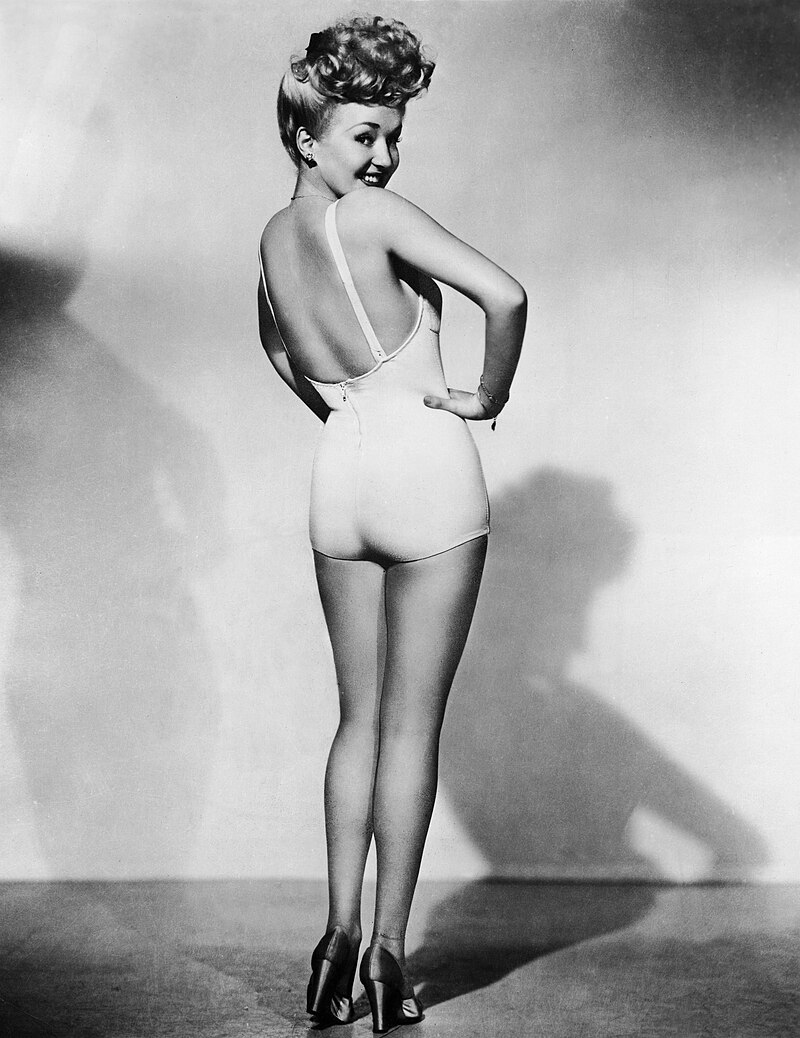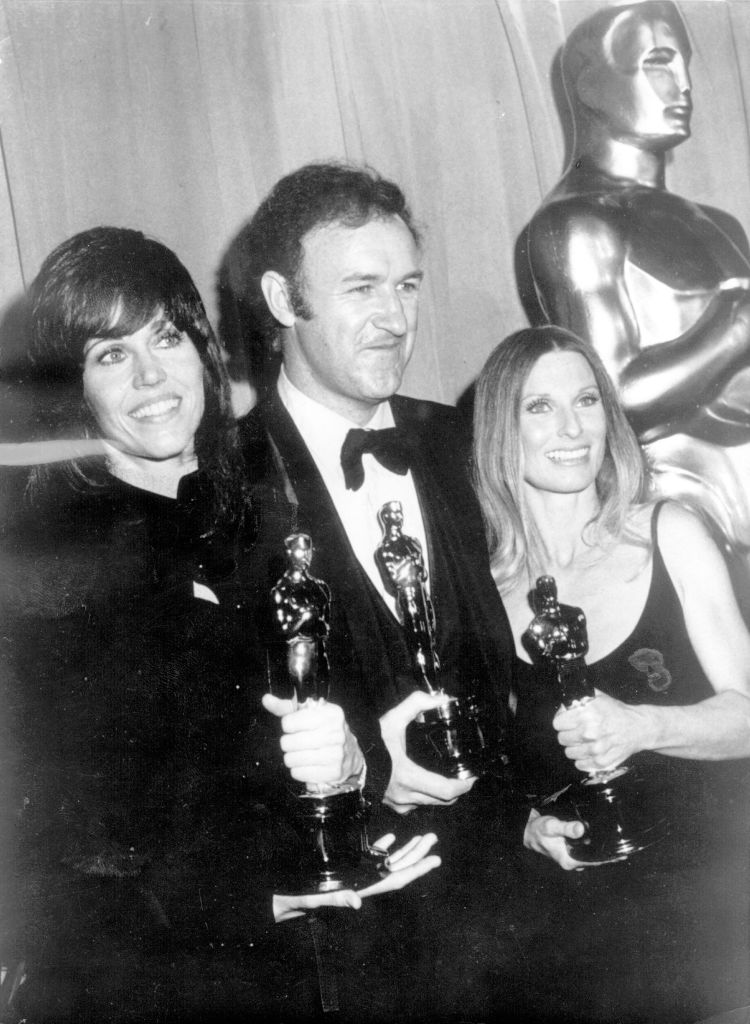Looking back, the 1972 Academy Awards captured a rare moment in Hollywood history, one that marked both the end of an era and the beginning of something new. It wasn’t just another night of glamour and trophies—it felt like a celebration of film that still carried the sincerity and magic that today’s ceremonies often seem to lack.
There was something truly special about that night. Unlike recent years, where the focus often seems to be more about showing off than honoring talent, the 1972 Oscars radiated a genuine sense of admiration and respect for artistry. The joy of recognizing others’ accomplishments felt heartfelt, not manufactured.
That particular ceremony set a high bar for all that followed. Watching it today is like stepping into a time capsule, offering a glimpse into the golden glow of Hollywood’s finest years. Every photo and every moment from that evening tells a story of raw elegance and true star power.
The 44th Academy Awards in 1972 recognized some of the greatest films of their time. Leading the way was The French Connection, which took home five Oscars, including Best Picture, Best Director for William Friedkin, and Best Actor for Gene Hackman. His portrayal of detective Jimmy “Popeye” Doyle left a lasting impression on cinema, with the film’s gripping chase scenes and gritty realism redefining the thriller genre.
Gene Hackman would later recall how physically and emotionally demanding the shoot had been, mentioning how filming outdoors in harsh conditions and being pushed by his director pushed him to grow as an actor. When he won the award, the moment overwhelmed him so deeply that he couldn’t even remember walking up to the stage. His brief acceptance speech, where he thanked his mother and his first acting teacher, was filled with emotion.
That same year, Stanley Kubrick’s haunting vision in A Clockwork Orange stirred controversy and praise alike, adding a layer of cultural weight to the event. Meanwhile, the musical Fiddler on the Roof charmed viewers with its heartfelt story and sweeping score, bringing warmth and tradition to the evening.
Peter Bogdanovich’s The Last Picture Show was also a standout, earning eight nominations. Shot in evocative black-and-white, the film’s portrayal of small-town life and emotional stagnation left a deep impact. Ben Johnson and Cloris Leachman both won in the supporting actor categories for their raw, unforgettable performances.
Fashion at the 1972 Oscars also marked a return to timeless elegance. Gone were the headbands, fringe, and hippie-inspired looks of years prior. Instead, stars arrived draped in luxurious fabrics—flowing chiffon gowns, rich brocades, sparkling diamonds, and dramatic furs. It was a night that embraced classic glamour. Jane Fonda drew attention in one of the evening’s only pant suits, a bold departure from the flowing dresses that dominated the red carpet. And, as one reporter put it, there was no shortage of daring necklines either, adding to the evening’s dazzling aura.
Outside the venue, the usual crowd of excited fans gathered to see their favorite stars. But as was often the case in those years, the buzz was mixed with political tension. Protesters gathered near the Los Angeles Music Center, some raising concerns over Clint Eastwood’s Dirty Harry, a film not even nominated, but heavily criticized for its portrayal of police violence. One memorable sign read, “Dirty Harry is a Rotten Egg,” highlighting the cultural debates of the time.

Music played a powerful role that evening. One unforgettable highlight came when Isaac Hayes made history as the first Black artist to win Best Original Song for his hit Theme from Shaft. His performance was unforgettable—bare-chested, adorned with chains, and surrounded by dancers, he played the keyboard with a presence that electrified the room. When he disappeared beneath the stage in a burst of smoke, it felt like the perfect blend of music and cinematic flair.
A particularly poignant moment came when Hollywood legend Betty Grable made one of her final public appearances. Known for her iconic World War II-era pin-up and box office dominance, Grable was a true icon. Her appearance in a shimmering turquoise gown with silver accents drew admiration from all. Sadly, she would pass away the following year, making this glamorous return all the more bittersweet.
But perhaps the most emotional part of the night was the appearance of Charlie Chaplin. The legendary silent film actor had been effectively exiled from the United States two decades earlier, accused of political sympathies that made him a target during a time of national paranoia. At 82, Chaplin returned to accept an honorary Oscar, walking slowly onto the stage with his signature cane to the sound of thunderous applause.
That ovation lasted a full 12 minutes—the longest in Academy Awards history. As Chaplin stood before the crowd of nearly 3,000 stars, his voice trembled with emotion. He thanked the audience with humility and grace, calling them “wonderful, sweet people.” The moment was surreal, moving, and unforgettable.
The 1972 Oscars weren’t just a celebration—they were a landmark. A fusion of old-school Hollywood charm, new cinematic breakthroughs, powerful cultural statements, and deeply human moments. It’s a night that still resonates more than half a century later, a reminder of why the magic of film continues to endure.
